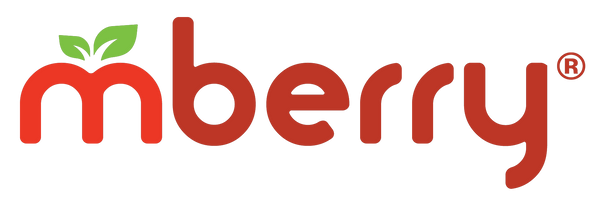The experiment requires you to taste different foods and record your observations. You will use different materials like spoons, lemon, grapefruit, Tabasco, chips, ketchup, mustard, apple cider vinegar, and mberry Freeze Dried Miracle Berry. The Miracle Berry, found in West Africa, has a glycoprotein called Miraculin that changes the sour taste to sweet. The experiment will show how the taste buds perceive different flavors when the glycoprotein is activated.
Download Printable Worksheets (7th Grade & Above): Teacher Material, Student Material
Download Printable Worksheets (6th Grade & Below): Teacher Material, Student Material
What is protein?
They are responsible for the most critical roles in the body as well as the hardest working cells. Proteins are made up of amino acids that can range from the hundreds to thousands.
- Amino Acids: Molecules that aid in building proteins
- Essential Amino Acids: Amino acids that must come from your food. You body cannot create them
- Nonessential Amino Acids: We can get these from food and our body can make them.
- Conditional Amino Acids: Amino Acids that are not necessary unless we have an illness or stress
A protein is an organic compound deemed to be necessary for life. Proteins contain nitrogen, carbon, oxygen, and hydrogen.
What does the protein do in our body?
The functions of proteins include creating antibodies, enzymes, being a messenger, structural component, transportation, and storage.
What kinds of proteins are there?
While there are thousands of proteins in the body, here are the most common ones.

Protein vs Glycoprotein
As learned before a protein is made up of nitrogen, carbon, oxygen, and hydrogen. However there is another protein called a glycoprotein that is only made up of carbon, hydrogen, and oxygen. Glycoproteins are similar to normal proteins except they contain carbohydrates.
What are the functions of glycoproteins?
Glycoproteins can be found in the lipid bilayer of cell membranes. Glycoprotein's functions include collagen production, hormone regulation, alkaline phosphatase, and thyroid-stimulating hormones.
Where can a glycoprotein be found?
Did you know that glycoproteins are not only found in our body but also in our foods? In West Africa, there is a fruit known as a Miracle Berry. This berry has a glycoprotein that can change your taste buds for about 30 minutes. This glycoprotein is different from the rest because it is the only one that changes bodily function. The flavor changing protein, Miraculin, attaches to your sour taste buds and makes you only taste sweet. Lemons turn into lemonade and grapefruit in pure sugar.
Experiment
You will experience what happens when the glycoprotein, Miraculin, comes in contact with your taste buds.
Hypothesis
Hypothesis: if ______, then ______.
Write your hypothesis on how what you think happens with a glycoprotein, specifically Miraculin, and your tongue.
Materials Needed:
- 2 spoons
- 2 slices of lemon or 1 teaspoon lemon juice
- 2 slices of grapefruit
- 3 drops of Tabasco
- 2-3 salt & vinegar chips
- 1 packet of ketchup
- 1 packet of yellow mustard
- 1 teaspoon of apple cider vinegar
- 1 mberry Miracle Fruit Tablet
- 1 paper plate
*You can also use a big bottle of ketchup and mustard to put some on their plates instead of packets. If you do not have these foods available, visit our website to see a list on best foods to try with mberry in our blog
Procedure:
- Begin by tasting each food once to remember their original flavors
- Place an mberry tablet on your tongue and use it similar to a mint. Be sure to move the tablet all around your tongue for a few minutes until dissolved or soft to chew
- Begin re-tasting each food and recording changes in flavor below
|
Food |
Change in Taste, What Does it Taste like after mberry? |
|
Lemon |
|
|
Grapefruit |
|
|
Tabasco |
|
|
Salt & Vinegar Chips |
|
|
Ketchup |
|
|
Mustard |
|
|
ACV |
|
Conclusion: What are some observations you can conclude about the Miracle Berry based off of your experiment?
This activity covers several CCSS standards, including:
CCSS.ELA-LITERACY.RST.6-8.1 - Cite specific textual evidence to support analysis of science and technical texts.
CCSS.ELA-LITERACY.RST.6-8.3 - Follow precisely a multistep procedure when carrying out experiments, taking measurements, or performing technical tasks.
CCSS.ELA-LITERACY.RST.6-8.4 - Determine the meaning of symbols, key terms, and other domain-specific words and phrases as they are used in a specific scientific or technical context relevant to grades 6-8 texts and topics.
CCSS.ELA-LITERACY.RST.6-8.7 - Integrate quantitative or technical information expressed in words in a text with a version of that information expressed visually (e.g., in a flowchart, diagram, model, graph, or table).
CCSS.ELA-LITERACY.RST.6-8.9 - Compare and contrast the information gained from experiments, simulations, video, or multimedia sources with that gained from reading a text on the same topic.

